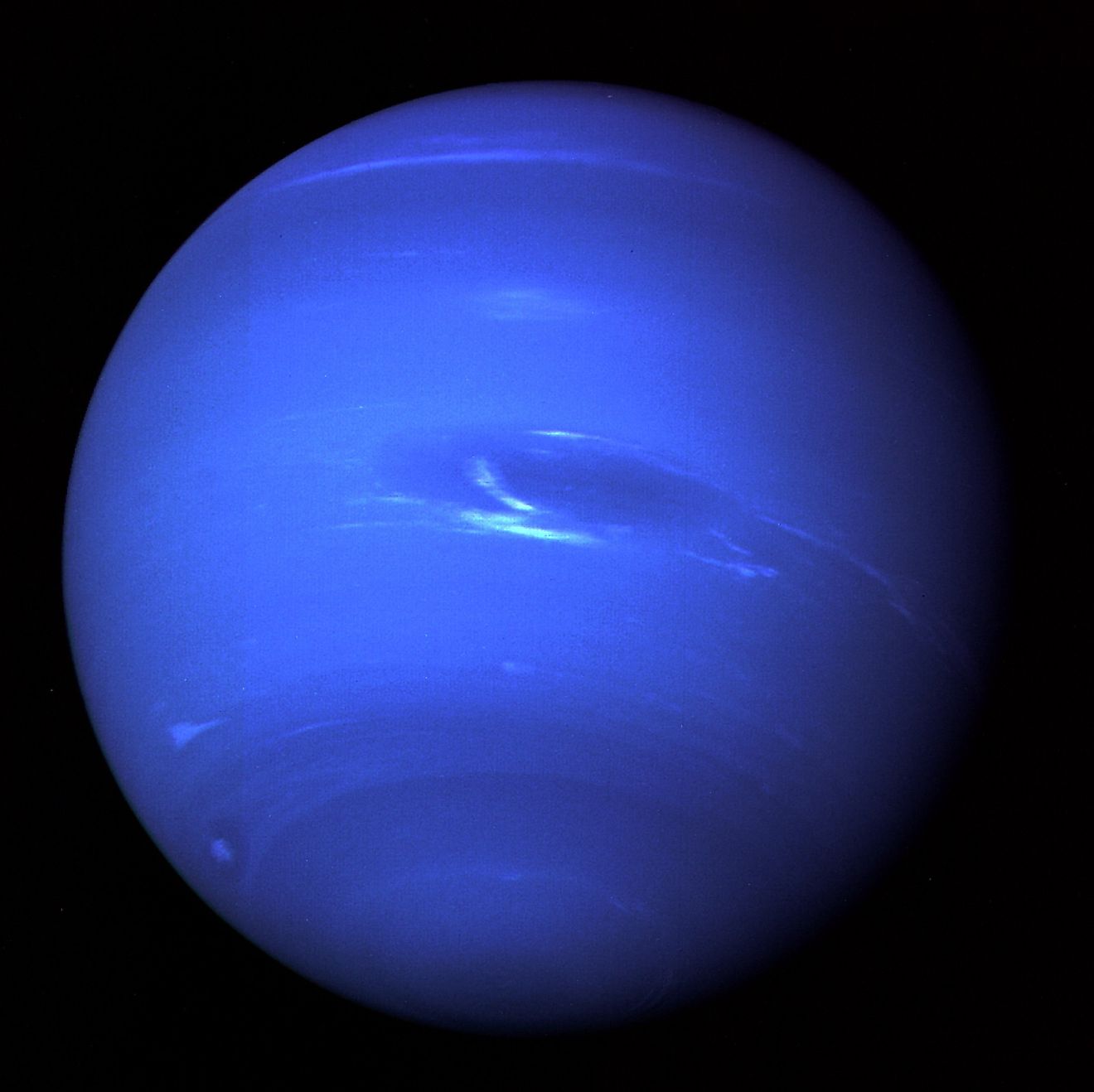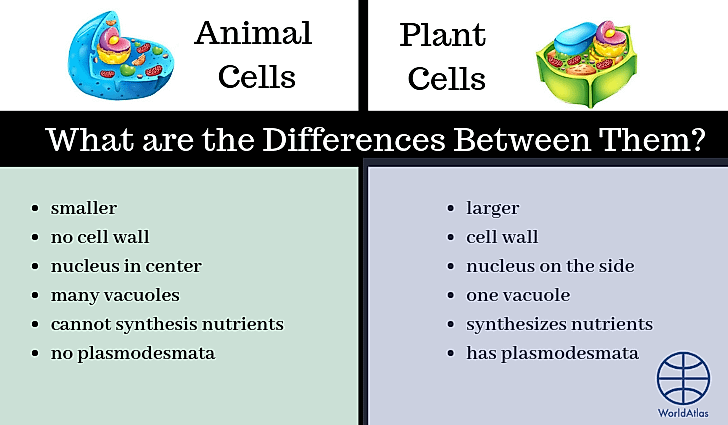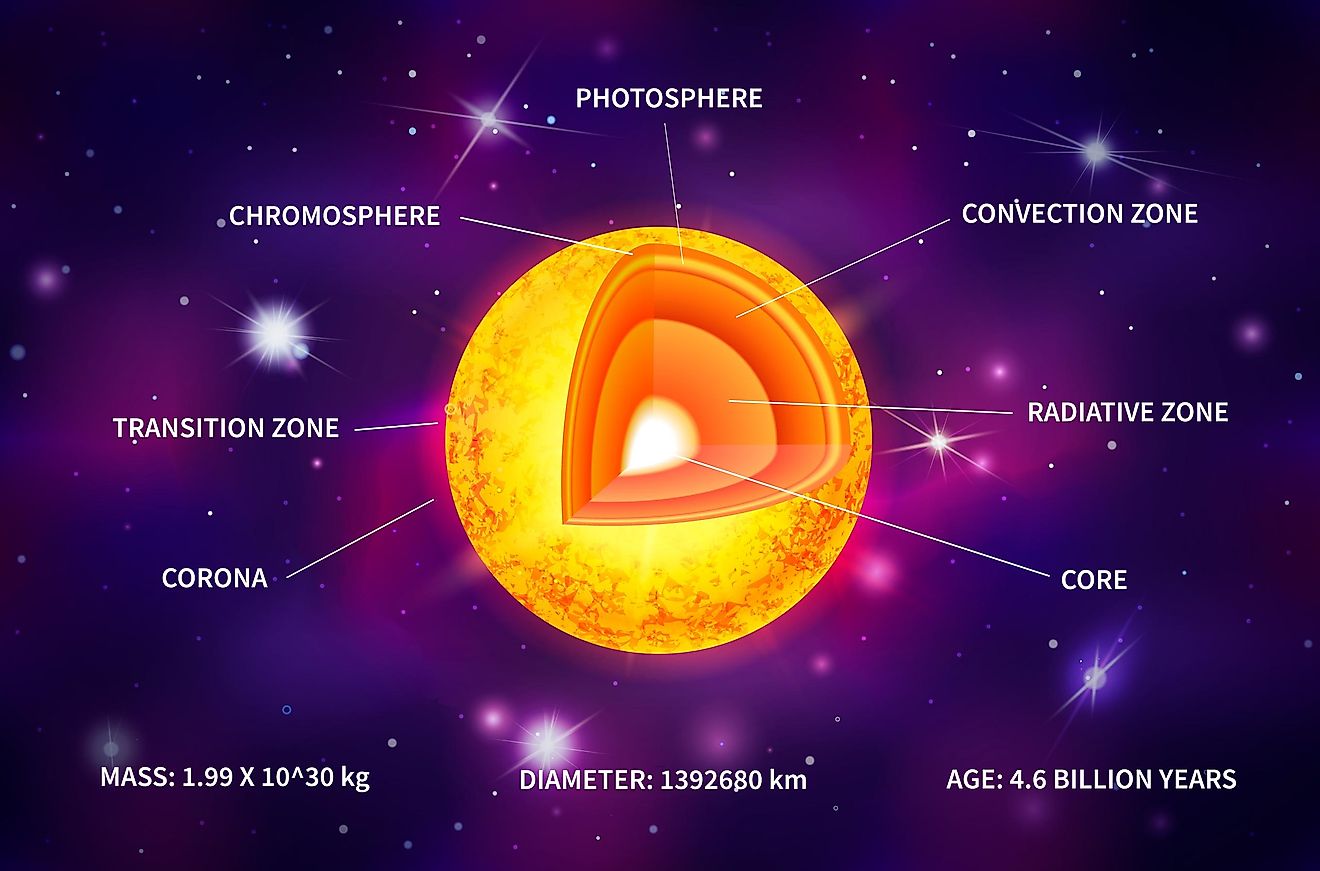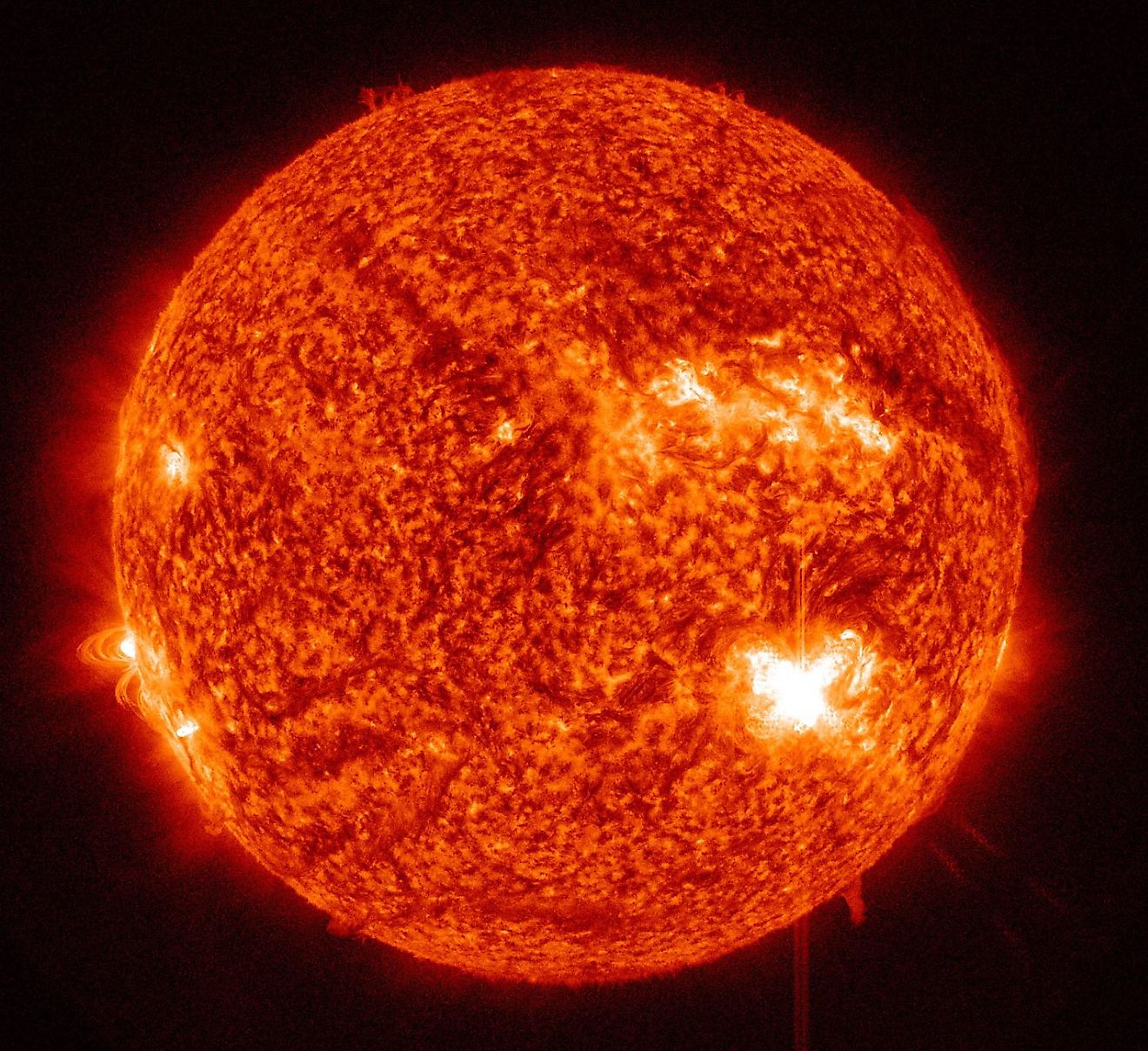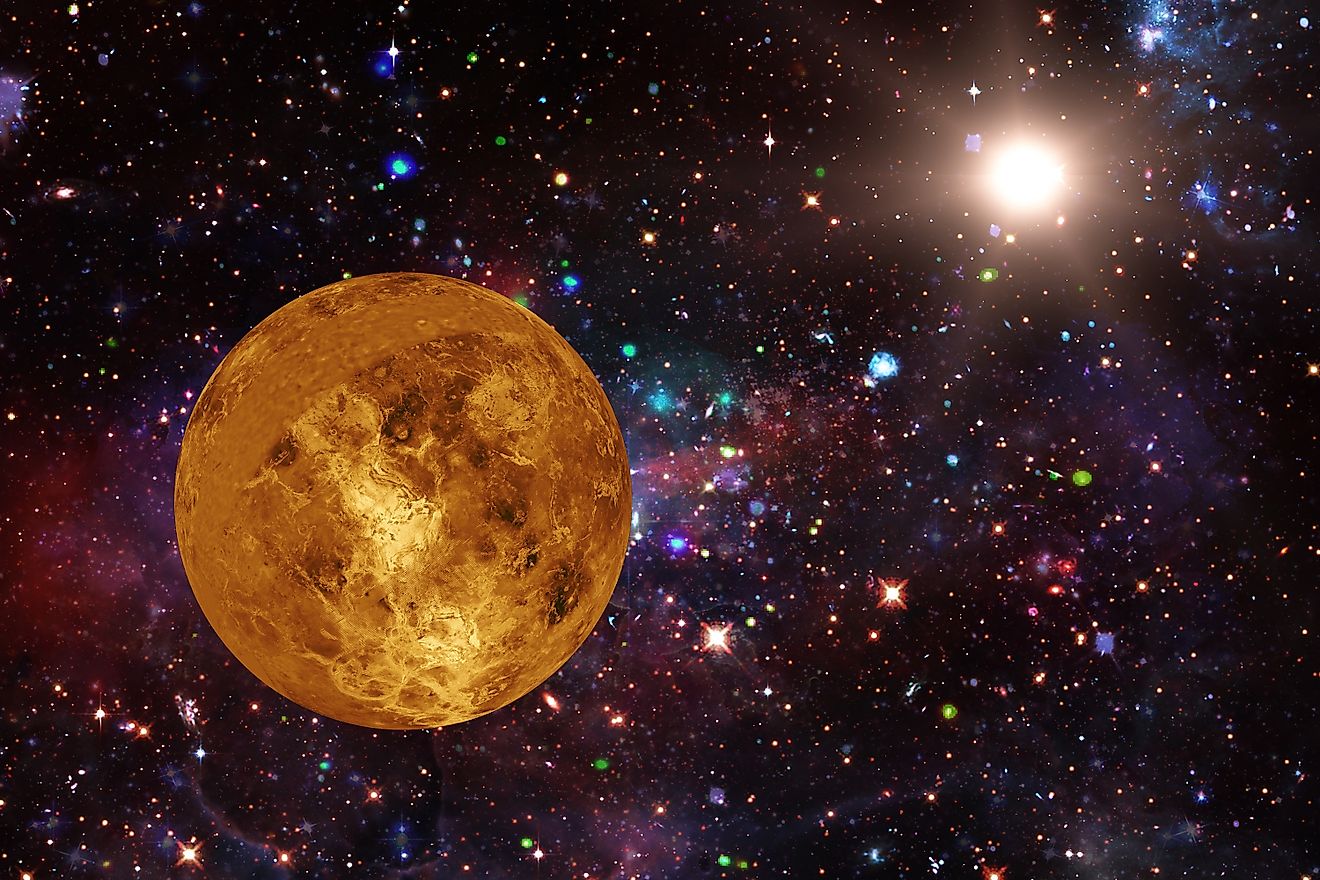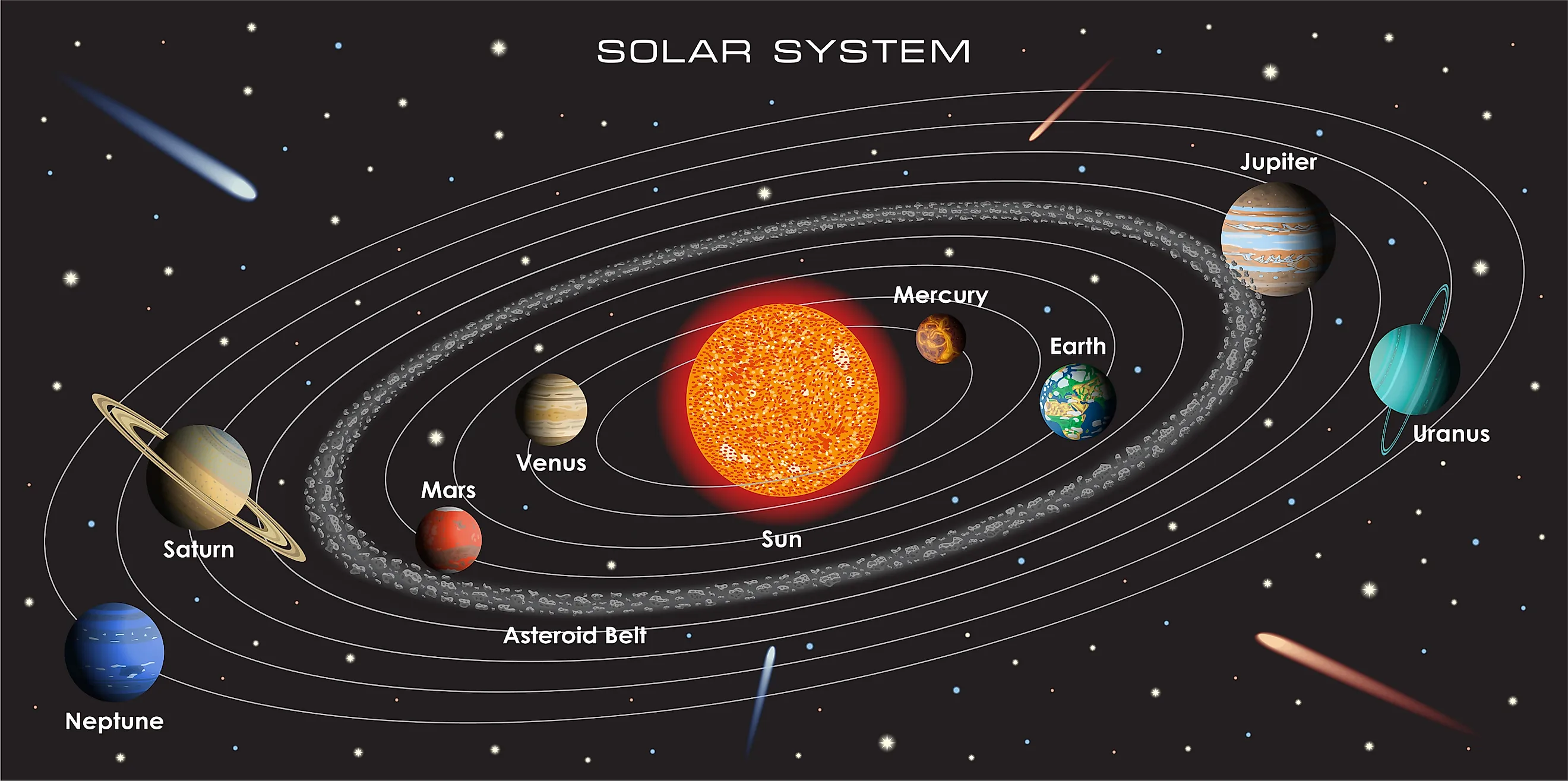
How Many Planets Are There In The Solar System?
Under the International Astronomical Union’s 2006 definition, the answer is eight: Mercury, Venus, Earth, Mars, Jupiter, Saturn, Uranus, and Neptune. These bodies satisfy three criteria: they orbit the Sun, possess sufficient mass for hydrostatic equilibrium, and have cleared their orbital neighborhoods.
Pluto’s demotion to "dwarf planet" underscored the importance of those standards and highlighted a growing population of trans-Neptunian objects such as Eris, Haumea, and Makemake. Let's look at the historical evolution of the term "planet," compare terrestrial, gas-giant, and ice-giant categories, and explain why dwarf planets are catalogued separately from planets.
The Planets of The Solar System
| Planet Name | Date of Discovery | Distance from Sun (AU) | Composition |
|---|---|---|---|
| Mercury | 1st millennium BC | 0.39 | Solid, rocky |
| Venus | 2nd millennium BC | 0.72 | Solid, rocky |
| Earth | N/A | 1.00 | Solid, rocky with liquid water |
| Mars | 2nd millennium BC | 1.52 | Solid, rocky |
| Jupiter | 2nd millennium BC | 5.20 | Gas giant with solid core |
| Saturn | 1st millennium BC | 9.58 | Gas giant with solid core |
| Uranus | March 13, 1781 | 19.22 | Ice giant with solid core |
| Neptune | September 23, 1846 | 30.05 | Ice giant with solid core |
The History of Discovering Planets in Our Solar System
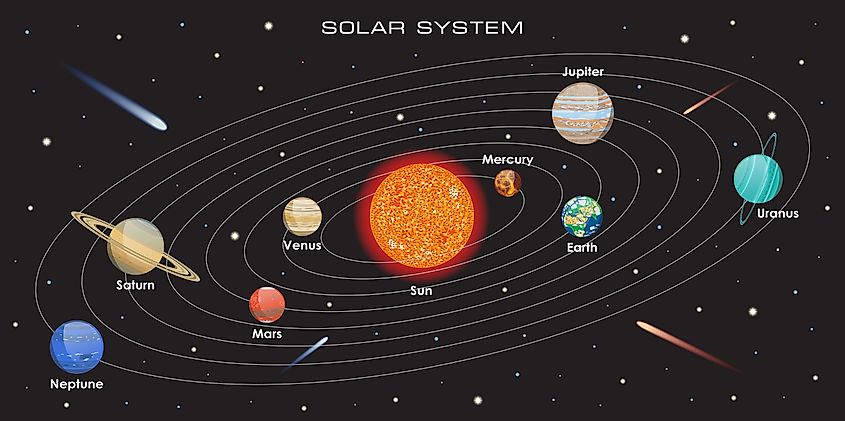
Pioneers like Copernicus and Galileo were instrumental in unraveling the structure of our solar system through mathematics and telescopes. Their observations sparked a philosophical shift from the geocentric model, which positioned Earth at the center, to the heliocentric model, where the Sun took prominence. This transformation was not just scientific; it marked a cultural change, altering humanity's perception of its role in the universe. Over time, the process of discovering planets has advanced, each new finding enhancing our understanding of the solar system.
For example, Neptune's discovery stemmed from mathematical predictions, showcasing the effectiveness of combining observation with theory. This period, however, was contentious, especially regarding the definition of a planet, a debate that continues to resonate today. The International Astronomical Union, established in 1919, took on the task of resolving these disputes, with its decisions impacting planetary classifications significantly. Furthermore, the cultural importance of planets dates back to ancient societies, where celestial bodies were worshiped and woven into their myths and daily existence.
Mercury
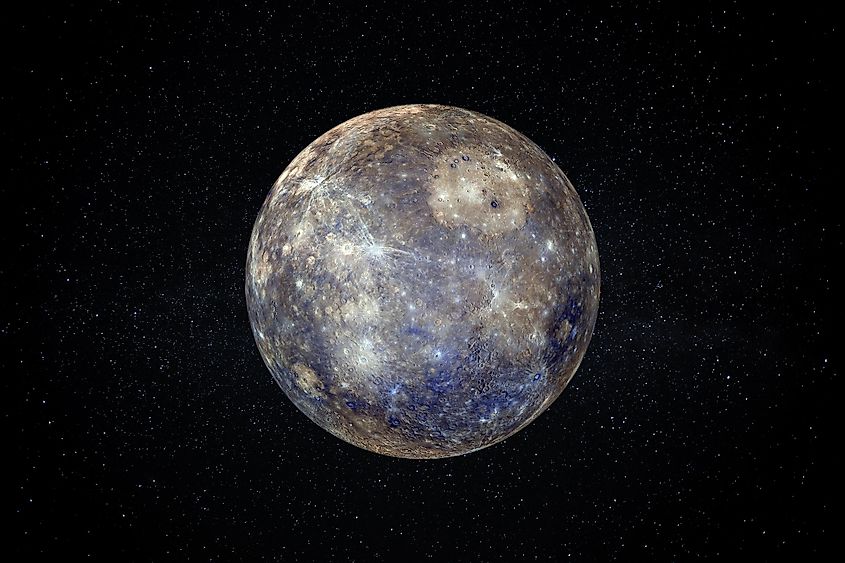
Mercury's position as the closest planet to the Sun subjects it to extreme conditions, particularly in surface temperature, which can swing dramatically due to the absence of a significant atmosphere to moderate the solar heat. For example, the temperatures on this planet can hit 800°F by day and plummet to -290°F at night. Space missions, such as NASA's MESSENGER, have exposed some of Mercury's characteristics, including its craggy, crater-pocked terrain and sporadic smooth plains, suggesting ancient volcanic activity. Despite its proximity to the Sun, Mercury maintains a weak magnetic field, an attribute that intrigues scientists given its slow rotational speed and dense iron core. The components of its exosphere, composed of atoms blasted off the surface by the solar wind and micrometeoroid impacts, are proof that Mercury will continue to undergo sculpting for eons to come.
Venus
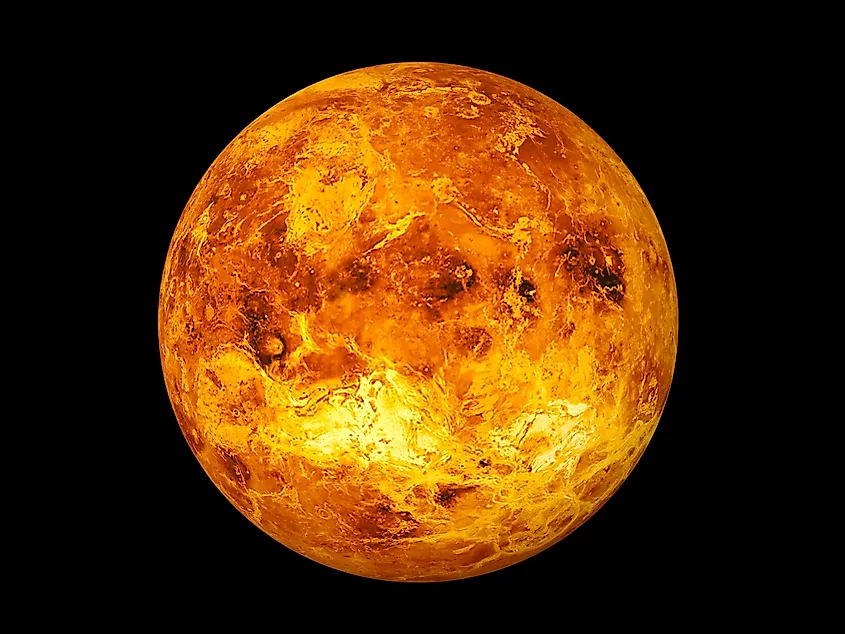
Venus presents an extreme case of the greenhouse effect, with a thick atmosphere comprised primarily of carbon dioxide, creating crushing surface pressures and temperatures that can melt lead. The planet's topography is marked by extensive volcanic landscapes, pointing to a geologically active past and perhaps present (there is a lack of proof for recent eruptions). Unlike most planets, Venus rotates on its axis in a retrograde direction, and one explanation claims that this is because it was struck hard by a planet-size object. Results from the Soviet Venera program were even capable of sending back a limited image of the surface, an eerie expanse with layers of yellow-tinted, caked mud. Observations from Earth reveal Venus's phase cycles are akin to those of the Moon, with four primary phases of 146 days each (instead of seasons as we know them). This amounts to transits across the Sun that equal to once every 224.7 Earth days.
Earth

Earth is the only known planet in the universe confirmed to harbor life, thanks to its favorable conditions. It maintains a delicate balance necessary for sustaining life, including a temperature range that allows for liquid water (zero to 100 degrees Celsius). The planet's geological activity, such as plate tectonics, is effective at recycling carbon and other life-sustaining minerals. The Earth's natural satellite, the Moon, contributes to the planet's axial stability and tidal rhythms. Additionally, the varied climate systems and weather patterns are thanks to the Earth's rotation, atmospheric conditions, and solar input. Both oceanic and terrestrial biospheres exhibit an extraordinary variety of life, sustained by the planet's ability to support complex food webs and nutrient cycles. The magnetic field and Van Allen belts protect the biosphere from harmful solar and cosmic radiation. Despite the resilience of many natural systems, human impact has led to significant environmental changes, necessitating a global discourse on sustainable practices. As the cradle of humanity, Earth has also served as the starting point for space exploration, with satellites orbiting the planet and missions extending beyond the lunar surface.
Mars
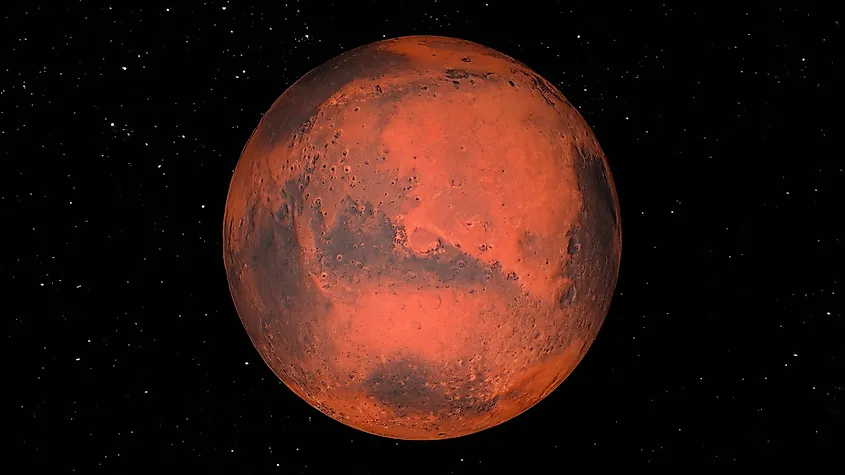
Mars, often referred to as the "Red Planet," presents compelling geological evidence that water once flowed on its surface, suggesting that Mars may have been habitable in the past. The Martian landscape is home to Olympus Mons and Valles Marineris, the largest volcano and canyon, respectively, known to the solar system. Robotic missions have been milestones in space exploration, with rovers and orbiters (including a helicopter named Ingenuity) providing valuable data about the planet's surface and atmosphere. Mars's moons, Phobos and Deimos, are small and irregularly shaped "like potatoes." Seasonal weather changes on Mars are evident, with polar ice caps waxing and waning, and there remains a tantalizing possibility that microbial life might once have existed, or may yet exist, in niche environments. The Martian soil is rich in iron oxide, giving the planet its reddish appearance and its thin atmosphere is dominated by carbon dioxide. The exploration of Mars continues to be a priority, with missions focusing on understanding its potential to support future human colonization through complicated solutions like underground dwellings.
Jupiter
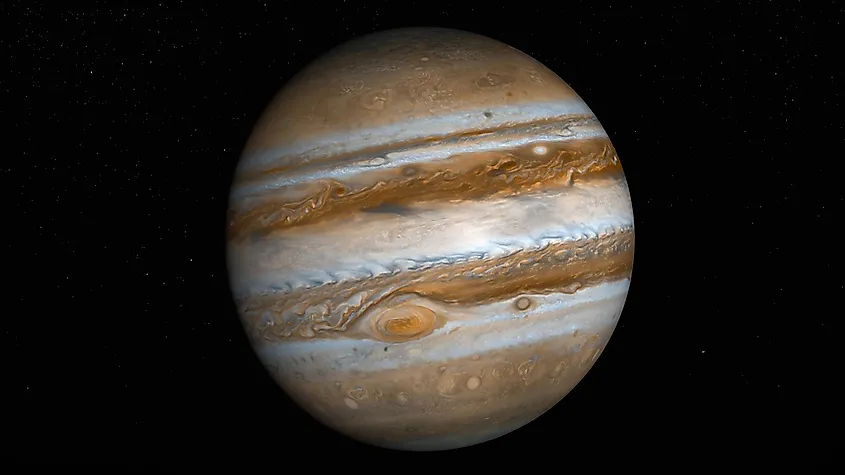
Jupiter, the largest planet in the solar system, has a famous mark dubbed the Great Red Spot, a colossal storm that has been raging for centuries. This gas giant harbors an extensive system of moons and faint rings. Jupiter's intense magnetic field and radiation belts act as both a challenge for spacecraft and as a shield for the inner planets from incoming asteroids (ironically, it also sometimes sends debris toward those same planets as well). Its gravitational forces have also undeniably shaped the solar system's asteroid belt, which affects all the planets. Composed primarily of hydrogen and helium, Jupiter's gas composition and internal structure are subjects of ongoing study, with the Juno mission revealing hidden layers among its clouds and core. Auroras and polar phenomena, powered by the planet's magnetic environment, display spectacular light shows. Among its moons, the Galilean satellites - Io, Europa, Ganymede, and Callisto - there is a curious potential for subsurface oceans, particularly in the case of Europa, which is a primary target in the search for extraterrestrial life.
Saturn
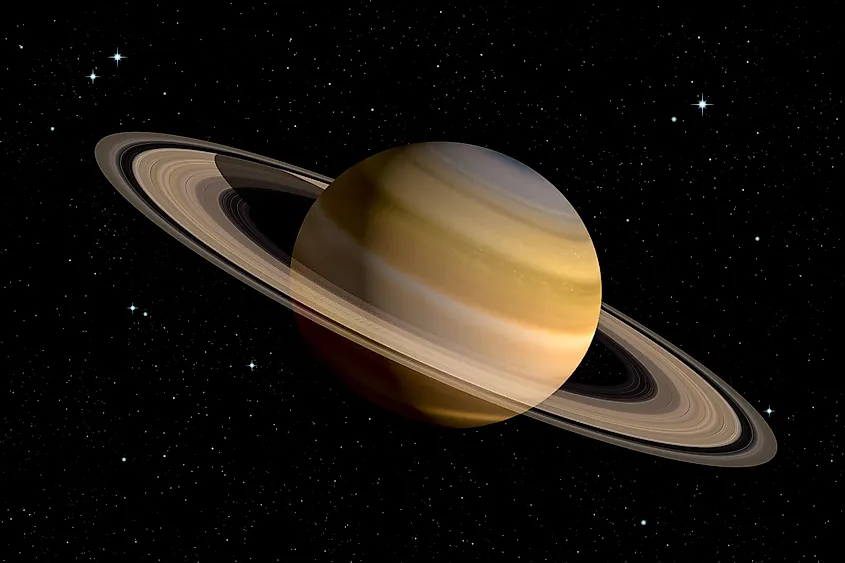
Saturn is nearly ten times the diameter of Earth (meaning 764 Earths could fit inside) and is famous for its massive, visible rings. These rings, composed primarily of ice particles and rocky debris, were once made entirely of ice. Naturally, they are suspended by Saturn's gravitational forces. In the atmosphere, there is a notable hexagonal storm persisting at Saturn's north pole, a feature not observed on any other planet. Saturn's largest moon, Titan, possesses a thick atmosphere primarily of nitrogen, akin to an early Earth, and is distinguished by the presence of liquid methane lakes. The Cassini spacecraft mission also helped scientists to understand Saturn's internal heat production, which powers its jet streams. Interestingly, while a day on Saturn is only 10.5 hours long, it takes over 29.4 years on Earth for a year to pass on Saturn (one rotation around the Sun).
Uranus
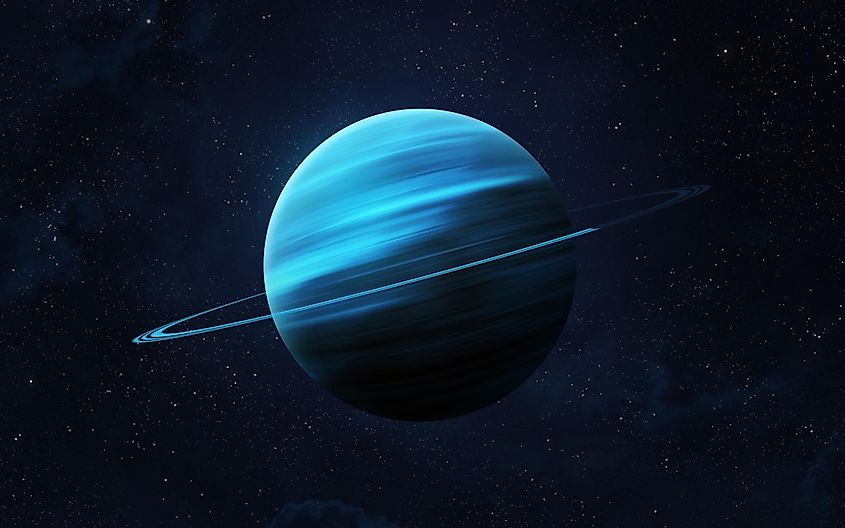
Uranus, the second to last planet from the Sun, was discovered telescopically, although its existence was previously theorized based on oddities in the orbits of other planets. The planet was formed 4.5 billion years ago as gravity grouped together gasses and clouds of dust. Its axial tilt, at over 90 degrees, is the most pronounced in the Solar System, and this causes extreme seasonal variations. Uranus possesses a subtle ring system (two sets: one narrow and dark and the other reddish) and a predominantly icy interior beneath its gaseous exterior. 80% of the planet's mass is best described as an icy fluid, the materials being methane, water, and ammonia, on top of a small rocky core. Furthermore, the hydrogen and helium atmosphere gives Uranus its iconic blue-green hue. Last, Uranus is orbited by five major moons that span diameters between 472 km and 1578 km.
Neptune
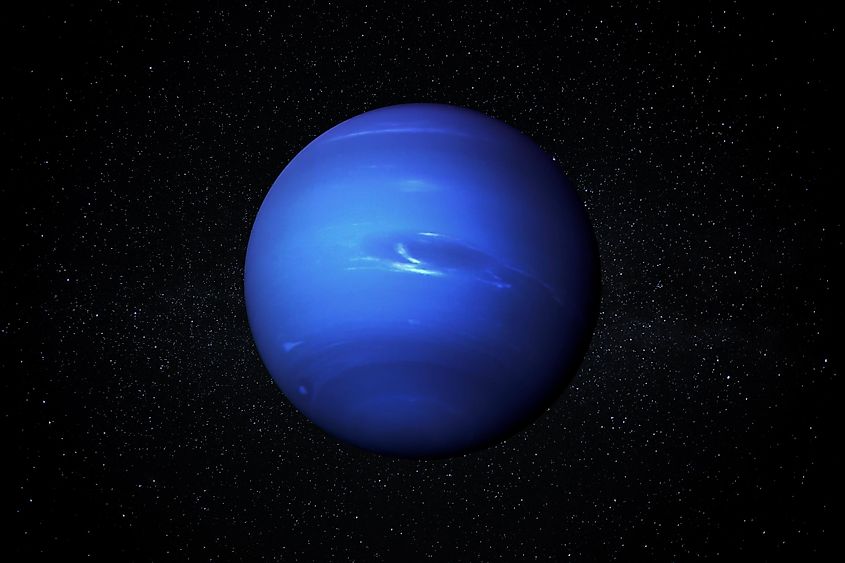
Neptune's presence in our solar system was confirmed in 1846, not by direct observation, but through the mathematical predictions based on Uranus' orbital disturbances. These calculations by Urbain Le Verrier represented a landmark success for the field of astronomy. This outermost planet is shrouded in a highly dynamic atmosphere, including swift winds and sizable storm systems. For example, the Great Dark Spot, once a prominent feature similar to Jupiter's Great Red Spot, vanished in 1994 after being discovered in 1989. Triton, Neptune's principal moon, has regular cryovolcanic activity and a youthful terrain (unmarked by many craters). Neptune has five rings made up of a dark material, similar to the rings of Uranus. The planet also maintains an orbital resonance with Pluto, an arrangement that prevents their paths from colliding. The Voyager 2 spacecraft's 1989 encounter with Neptune showed that Neptune radiates 2.7 times more heat than it receives from the Sun, which means it likely has a fiery, compact core beneath its icy exterior.
Why Is Pluto Not A Planet?
The demotion of Pluto from its status as the ninth planet to that of a dwarf planet in 2006 was a direct result of the International Astronomical Union's refinement of the term' planet.' This redefinition now requires a celestial body to orbit the Sun, assume a nearly round shape, and have cleared its orbit of other debris, which Pluto has not, due to its location within the Kuiper Belt—a circumstellar disc in the outer solar system comprised primarily of small bodies and dwarf planets. It is possible that another unconfirmed planet resides in the Kuiper belt, based on irregularities in mathematical models, but that is yet to be proven.
While Earth literally does exist in a vacuum, our eight planetary neighbors ensure that astronomers possess the opportunity to decipher our world's place in the universe. By analyzing orbits for centuries or chemical compositions more recently, scientists are capable of understanding how Earth was formed, how it functions now, and what is the likelihood of life existing elsewhere.
Updated: 6/10/2025

